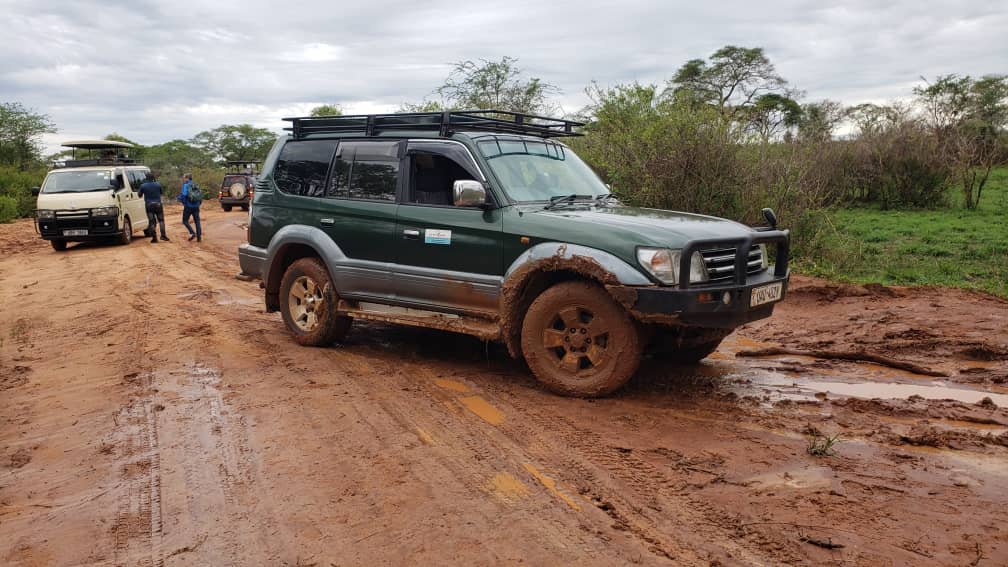Worst time to visit Tanzania
Worst time to visit Tanzania , Tanzania is an exquisite locale, recognized for its magnificent scenery, diverse fauna, and profound cultural legacy. Nonetheless, determining the optimal time for your visit is essential for enhancing your experience. Although the country is aesthetically pleasing throughout the year, specific months may pose difficulties, including intense precipitation, severe temperatures, or congested tourist attractions. This information will assist you in identifying the least favorable periods to visit Tanzania, enabling you to arrange your trip with Arusha Car Rental for an optimal experience.

Worst time to Visit Tanzania
- Essential Considerations Rainy Season – Anticipate substantial precipitation and muddy thoroughfares.
- Extreme Heat – Specific months may be excessively hot.
- Peak Tourist Season – Congestion in popular locations might diminish the experience.
- wildlife Migration Patterns – Not all periods provide good opportunities for animal observation.
Knowing the Worst Times to Visit Tanzania
Rainy Season: High Rainfall
Tanzania has two primary rainy seasons: the long rains from March to May and the brief rains in November. In these months, substantial rainfall may result in inundated roadways, rendering some locations inaccessible. Wildlife observation may prove difficult, as animals often seek shelter from rain, rendering conditions less favorable for safari aficionados.
Severe Heat: Discomforting Temperatures
The period from December to February may see intense heat, especially in the interior areas like Dodoma and certain sections of the Selous Game Reserve. Elevated temperatures can be distressing for travelers, especially those intending to engage in outdoor activities such as hiking or safari excursions. Maintaining hydration and scheduling activities during the cooler intervals of the day is essential.
Peak Tourist Season: Congested Attractions
The primary tourism seasons in Tanzania occur throughout the dry months of June to October and December to February. This month provides exceptional animal watching possibilities; but, renowned parks such as Serengeti and Ngorongoro Crater may experience overcrowding. For anyone desiring a more tranquil experience, it is recommended to visit during the shoulder seasons of April-May and November.
Wildlife Migration Patterns: Timing Your Visit
The Great Migration in Tanzania draws thousands of tourists annually, making the time of one’s visit essential. The migration often reaches its zenith from June to July when wildebeest and zebras traverse the Mara River. Nonetheless, visiting during this period may result in congested observation areas. To circumvent the congestion, contemplate visiting during the months immediately preceding or succeeding the peak migration period.
Quick Overview of Considerations
| Time Period | Considerations | Recommendations |
|---|---|---|
| March to May | Heavy rainfall; inaccessible roads. | Avoid if possible; look for indoor activities. |
| December to February | Extreme heat; uncomfortable for outdoor activities. | Plan early morning or late afternoon activities. |
| June to October | High tourist season; overcrowded attractions. | Consider visiting during the shoulder months. |
| November | Short rains; variable conditions. | Good for fewer crowds but watch for rain. |

